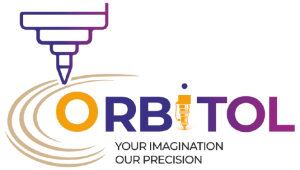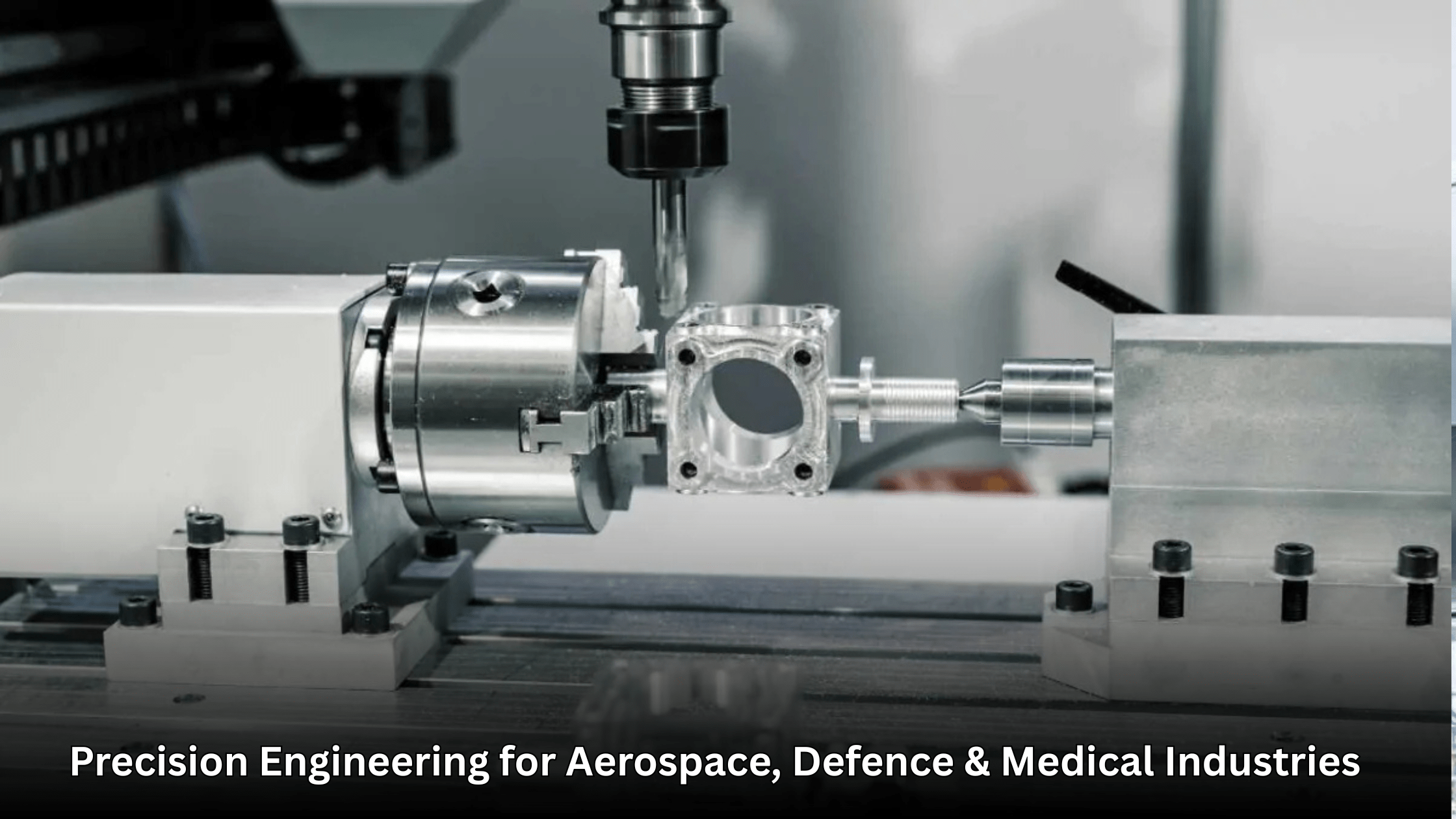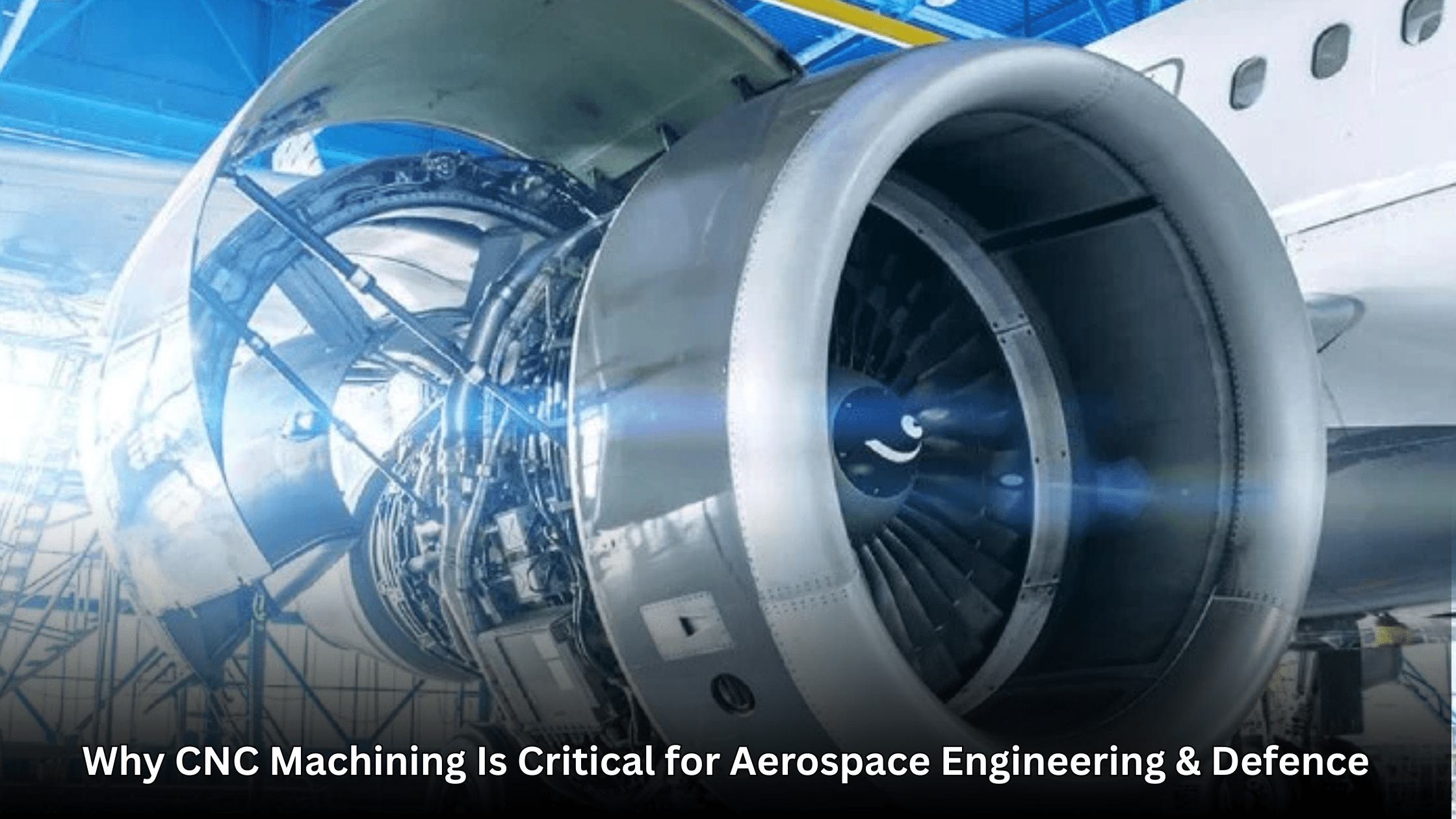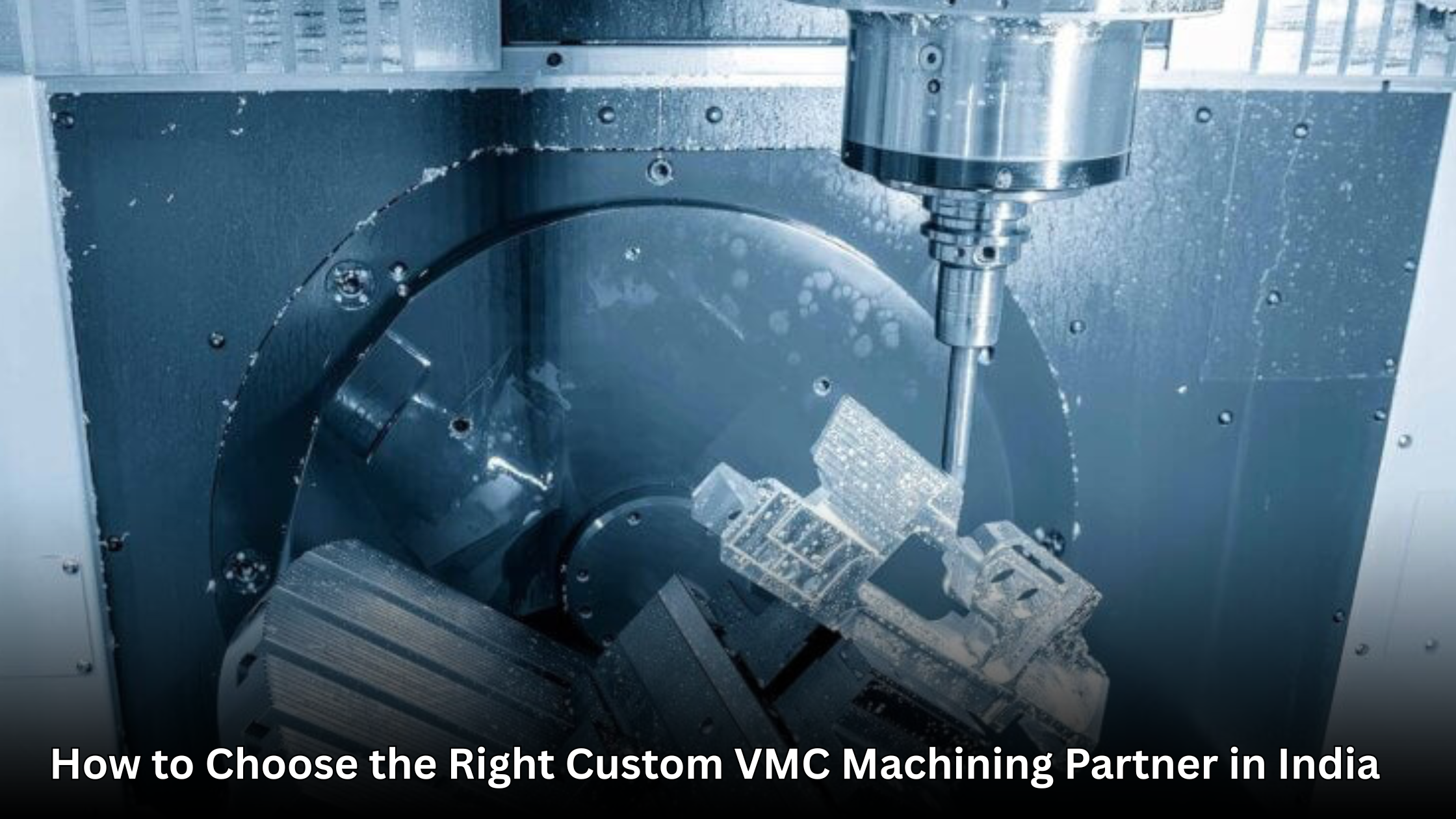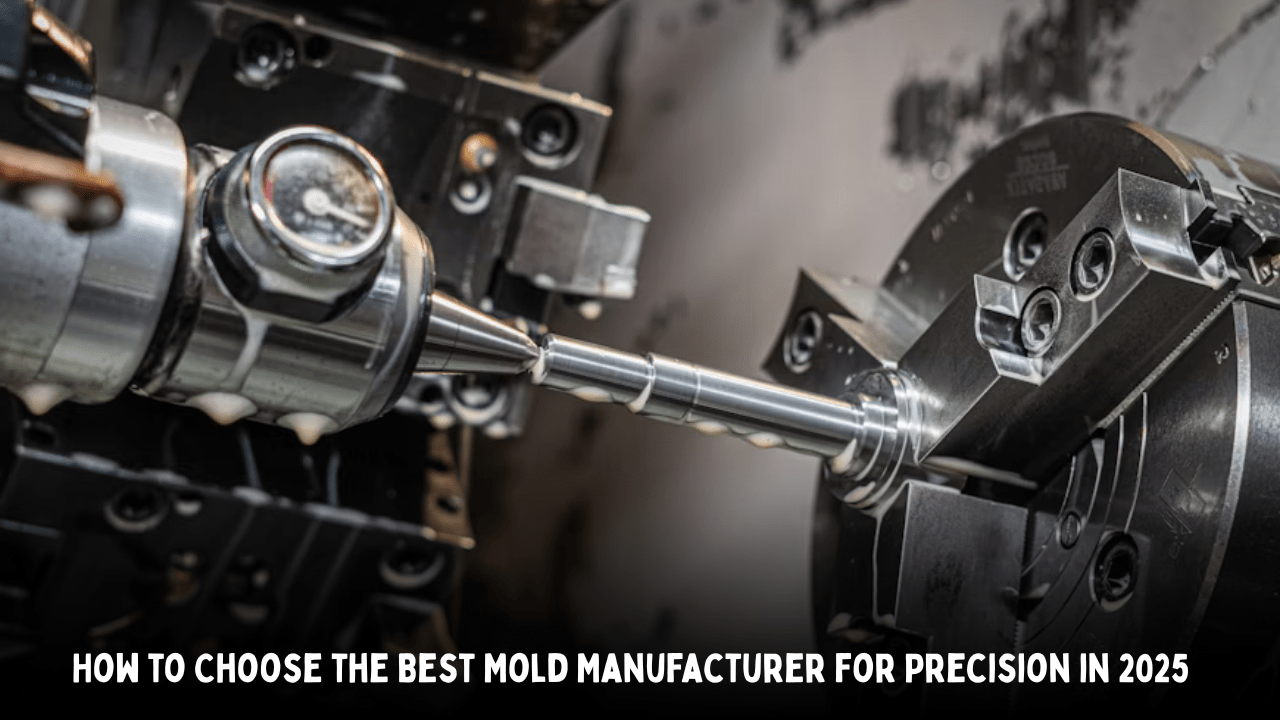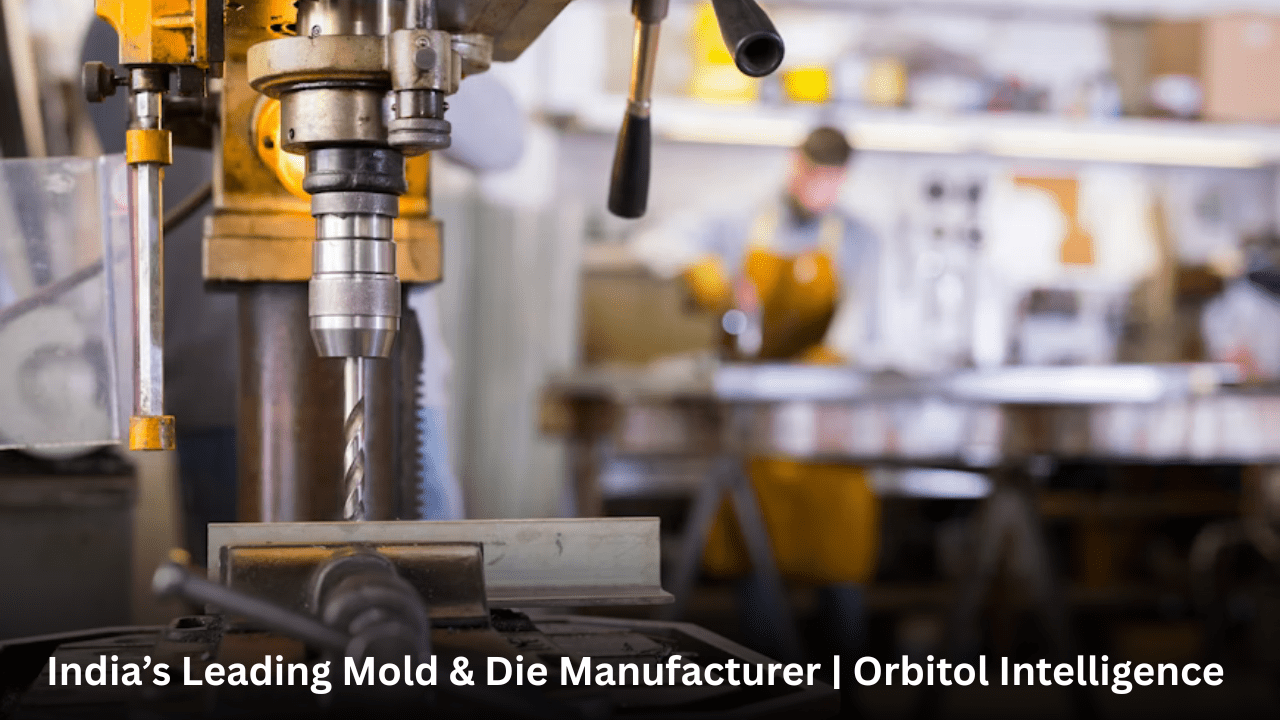When we talk about aerospace engineering, it means that the level of precision is not an option that can be chosen, rather it is a requirement that must be met. Precision to the extent that one micron could make a difference in the performance of an aerospace component (may affect flight safety, if not fuel efficiency, system performance). Hence the selection of the right tool and die manufacturing partner is the biggest, most important decision, simply put, of the entire aerospace project.
But what manufacturing partner will be able to give you the best quality, the most stability, and the greatest trustworthiness which your project requires?
We will see how to choose correctly the choice that will be a guarantee that each part you produce will be fit to fly.
1. Why Tool & Die Manufacturing Matters in Aerospace
The aerospace industry is frantically on the brink of what is humanly engineering-wise possible – tolerance levels are measured in microns, and the success factor depends on the purity of the material. While the dies manufacturing and tool and die manufacturing precision which are instrumental of jets turbines, landing gears, or cockpits may not be visible, they are there firmly holding the ground.
Dies are the tools that are used to shape, cut, or form materials into precise geometries and in the case of aerospace, these dies should be capable of providing the exact same output for thousands of parts. The making of a bad die results not only in the production of faulty parts safety can be compromised, and one can incur rework costs of millions.
Simply put:
Your tooling partner is not merely a supplier he is the one who enables the performance of your aerospace parts.
2. The Role of Precision in Aerospace Components
Each and every one of the pieces of aerospace equipment – be it turbine blades or structural brackets – has to accord with the stipulations of tight dimensional accuracy, durability, and surface finish. To get there, one has precision tooling as the backbone.
Such things as High-end VMC machines, CNC machining, and micro machining methods allow one to come close to the set tolerances and do so over and over again.
Precision engineering works bring together these technologies thus guaranteeing that the equipment will have stable performance even in the face of extreme situations such as high pressure, vibration, and thermal expansion.
As an illustration:
The flow of air and fuel efficiency in an engine can be affected by a 5-micron misalignment, impact, or similar-causing die.
A burr on a moulded aerospace component can cause premature wear or cracking.
Therefore, aerospace manufacturers turn only to those tool and die manufacturing partners who implement not only advanced machinery but also strict quality systems.
3. What Makes Aerospace Tool & Die Manufacturing Unique
Aerospace tooling, as opposed to general industrial tooling, is not limited to just shape accuracy it entails compliance, material integrity, and reliability over a long period of time.
Main differences of the case:
More Exacting Tolerances: Generally within ±5 microns.
Performance Materials: titanium, Inconel, and aluminum alloys require the use of specially made dies.
Tight Testing & Validation: The testing of fatigue, stress, and lifecycle is done on every tool.
Cleanroom or Controlled Areas: For parts that are used in avionics or propulsion systems.
If you select a partner correctly, knowing these aerospace-specific requirements will significantly reduce the risks of production.
4. Evaluating a Tool & Die Manufacturing Partner
Let’s look at what to consider when selecting your aerospace tooling partner.
a) Technical Expertise
The basis of aerospace tooling is precision engineering works and your partner must be a demonstrator of that by experience.
They should show proficiency in:
Micro-machining for smaller details
High-speed VMC machines for contour correctness
Multi-axis CNC programming for complicated geometries
The right partner not only does the part of the machine they also know how metals and composites behave at every stage.
b) Cleanroom & Environmental Controls
Sensor or propulsion systems components which are sensitive, utilization of ISO Class Cleanroom environments ensures that the assembly is free of contaminants.
c) Tool Design & Simulation Capabilities
Advanced CAD/CAM and simulation software assist in anticipating the load and the distortion of the material before production starts.
This means that your partner is not wasting time and material by trying things out to find the right solution, but rather investing money and time in getting it right the first time.
d) After-Sales Support
Usually, aerospace projects go on for years. So, it is wise to select a partner who will provide you with die maintenance, revalidation, and life-cycle monitoring thereby ensuring that the tools will be functioning at the most optimal level for a long time.
5. Integration of VMC Machines and Micro Machining in Aerospace Tooling
Modern VMC machines (Vertical Machining Centers) and micro machining processes have completely changed the way aerospace dies are produced. These two methods effectively combine quickness, automation, and sub-micron precision – which are basically the necessities for making complicated examples like:
Fuel injectors
Actuator housings
Turbine blade roots
Engine casings
Working principle:
VMC machines can perform multi-axis machining simultaneously, thus lessening the chance of setup errors.
Micro machining makes it possible to have ultra-fine features that are necessary for precision airflow or heat control.
Centreless grinders and EDM procedures are there to provide better surface finishes and perfect mating.
The right tool and die manufacturing partner will not only coordinate the use of these sophisticated technologies seamlessly for production but also for prototyping and iterative testing.
6. Mould Manufacturing and Aerospace Tooling Synergy
Aerospace tooling is not only the cutting or shaping of metals – the heavy metal parts manufacturing can be closely related to mould manufacturing when the idea is to make composite or polymer-based parts.
Composite moulds are utilized in the production of weight-saving components such as:
Cabin panels
Ducting systems
Wing edges
Sensor housings
A partner proficient in both mould and dies manufacturing will bring a tactical advantage to your business – they can take on the challenge of tooling for both metallic and non-metallic components development under one roof.
This leads to shortened turnaround time, better compatibility, and enhanced quality assurance.
7. Key Questions to Ask Before Partnering
Before making your final decision about the aerospace tooling partner, consider these points of questioning:
What industries do you currently serve?
A partner that is already providing products/services to aerospace, defense, or medical industries will be compliance and precision savvy.
What is your tolerance capability?
Partners who maintain tolerance levels below ±5 microns should be your choice.
Do you provide tool validation reports?
Detailed reports represent openness and taking responsibility.
How do you handle tool maintenance and lifecycle management?
Continuous long-term performance is secured through regular revalidation and preventive servicing.
What technologies and software do you use?
Employing up-to-date CAD/CAM software alongside 5-axis VMC machines guarantees excellent results and easier scaling.
8. Benefits of Choosing the Right Partner
The decision to choose the right tool and die manufacturing partner is what impacts the aerospace project you have in your hand the most.
Here’s in what ways your right decision will reward you:
Improved Component Accuracy
High-precision tooling is capable of ensuring consistent dimensional control even during long production runs.
Reduced Production Costs
Efficient dies and moulds are good at cutting down the costs linked to rework, scrap, and downtime.
Faster Time-to-Market
When the tooling is reliable, the product cycles get accelerated and more predictable.
Enhanced Material Efficiency
The use of optimized dies is at the root of metal forming or composite moulding that results in waste material reduction.
Compliance & Traceability
A reliable partner is one who makes sure that every single component complies with the aerospace regulatory and safety standards.
9. Common Mistakes to Avoid
While cost is often the main factor behind the decision-making process, it should never be allowed to have a greater influence than quality in aerospace projects.
Do not work with partners who:
Are deficient in quality certifications or lack the necessary inspection equipment.
Outsource their critical processes without giving clear traceability information.
Have very little or no experience at all in precision engineering works.
Do not issue tool validation reports or sample testing.
Keep in mind that aerospace is not about one-off production rather, it is about long-term reliability.
10. The Future of Aerospace Tool & Die Manufacturing
The use of advanced technologies and process improvements have significantly transformed the aerospace tooling industry.
The partners who are ready to adjust to the changes are already implementing:
AI-assisted machining for adaptive tool path optimization
IoT-based die monitoring to locate wear or tool failure in advance
Additive manufacturing for hybrid metal tooling
Automation integration in VMC machines for continuous precision
These changes are leading to what will be the daily standard of aerospace component manufacturing – shorter production cycles, less manual intervention, and better component repeatability.
11. Conclusion
In aerospace, the smallest part can make the biggest difference and that’s why the decision to choose the right tool and die manufacturing partner is not merely a procurement move, but a strategic investment in performance, safety, and innovation.
A partner whom you can trust and who has the required dies manufacturing, mould manufacturing, VMC machines, and micro machining expertise is not bringing the mere physical capital of the equipment what they bring is accuracy, dependability, and the shared zeal for excellence.
If delivering flawless aerospace components is your goal, then pick a partner who is as committed to precision engineering as you are a partner who doesn’t only build the tools, but also builds the trust.
